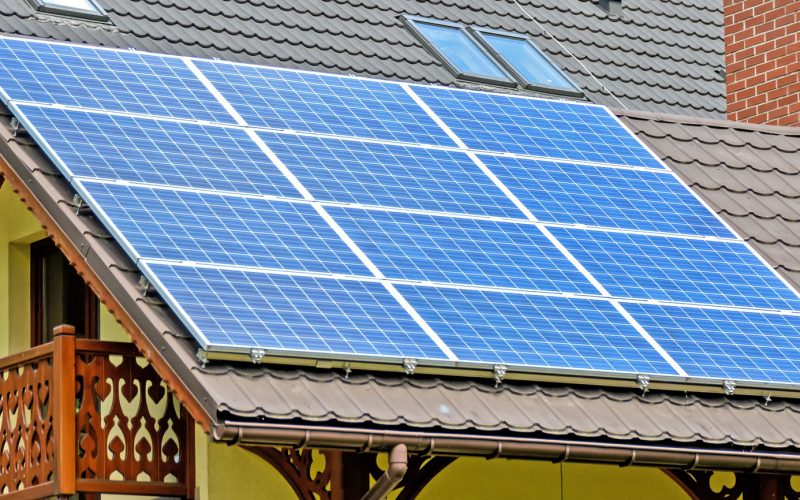In the market, you can find a wide variety of batteries which can be used in the photovoltaic system. These batteries are made up of different type of materials. A brief overview of different types of batteries which are used in solar electric and backup power systems.
- Lead:- These kind of batteries are easily available in the market and mostly found in automobiles. The electrodes are made up of grids of metallic lead where the lead oxides change its composition during charging and discharging. The electrolyte is diluted sulfuric acid. There is a huge impact on lead-acid batteries, making it one of the best batteries to use in solar electric systems. Industrial-type batteries can last as long as 20 years with moderate care, and even standard deep cycle batteries, such as the golf car type, should last 3-5 years. Intermediate batteries, such as the S460 and other batteries made by Surrette should last 7 to 12 years.
- Lithium:- Lithium batteries have many advantages over traditional battery types. They have an extremely long cycle life and high discharge and recharge rates. The best battery for photovoltaic systems is the lithium batteries because of its durability.
- NICAD (Nickel Cadmium):- Alkaline storage batteries in which the positive active material is nickel oxide and the negative contains cadmium. There are various reasons why NICAD is not used in PVC, the main reason that it’s quite expensive and the efficiency is about 65%-70%. Moreover, the batteries have a long life in chronological terms but not in cycle terms. That is why it is used in emergency/standby systems but not for the systems which are for everyday use. Not at all recommended to solar and other backup power systems.
- NIFE (Nickel-Iron) – There are many drawbacks of using a battery made up of Nickel-Iron as the output voltage varies with load and charge much more than other batteries. If you are using an inverter, it needs to be designed by keeping the voltage wings in mind. You may not be able to use NiFe’s if your system depends on a stable voltage, for example, if you are running certain common DC appliances such as a refrigerator directly off the batteries. Also when using NiFe’s to power DC lighting, you will notice the light intensity fluctuates. One could always use a voltage regulator to feed those appliances that need it, but that would decrease the efficiency even more. So not at all recommendable to use in photovoltaic cells.
It is highly recommendable to use Lithium batteries. If you are confused between Lithium and Lead batteries, some of the points are listed below to clear your doubt:
- Weight: Lead is pretty heavy. That means lead-based batteries are typically more than three times the weight of their lithium counterparts.
- Efficiency: When compared to modern alternatives, lead-acid batteries are highly inefficient for both charge and discharge, meaning you’ll see a loss in amps while charging and a fast voltage drop during discharge that decreases the total capacity of your battery. Lithium-ion batteries nearly solve the efficiency issue.
- Discharge: When using a lead-based battery, you’ll notice it never discharges more than 80%. In fact, most of the manufacturers recommend a discharge depth of no greater than 50%, while the lithium-ion solar battery achieves almost a 100% discharge.
- Cycle Life: When it comes to batteries you’d typically find in a home or mobile solar setup, most lead batteries achieve just 300 or so lifetime cycles, while lithium batteries can hit 700 to 800. On top of that, cycle life in lead-acid batteries is highly dependent on the level of discharge we mentioned above, while standard lithium-ion batteries are only slightly affected by discharge level.
- Voltage: You’ll see nearly constant voltage levels through the whole discharge cycle of a lithium-ion battery, while lead batteries experience a constant drop of voltage. Maintaining voltage translates to better efficiency.
- Cost: Lead-based batteries are the cheapest to produce, but the real cost of owning a lithium battery is far lower when you factor in performance and the battery’s better longevity.
- Environmental Impact: Solar lithium batteries are the superior option in terms of environmental impact.
In this case, it proves that lithium batteries are best as it can give desirable results for PVC.
Go solar with zunroof

